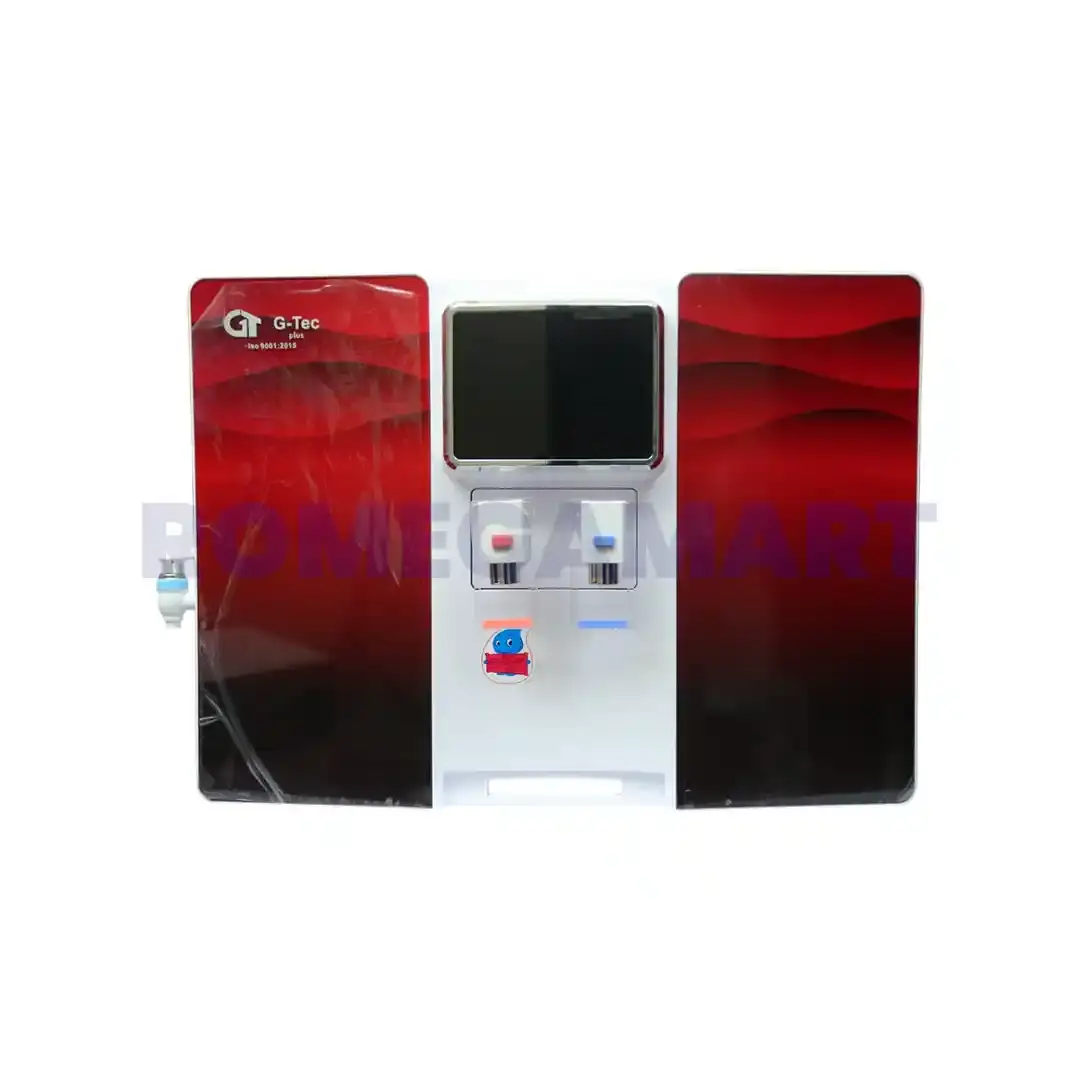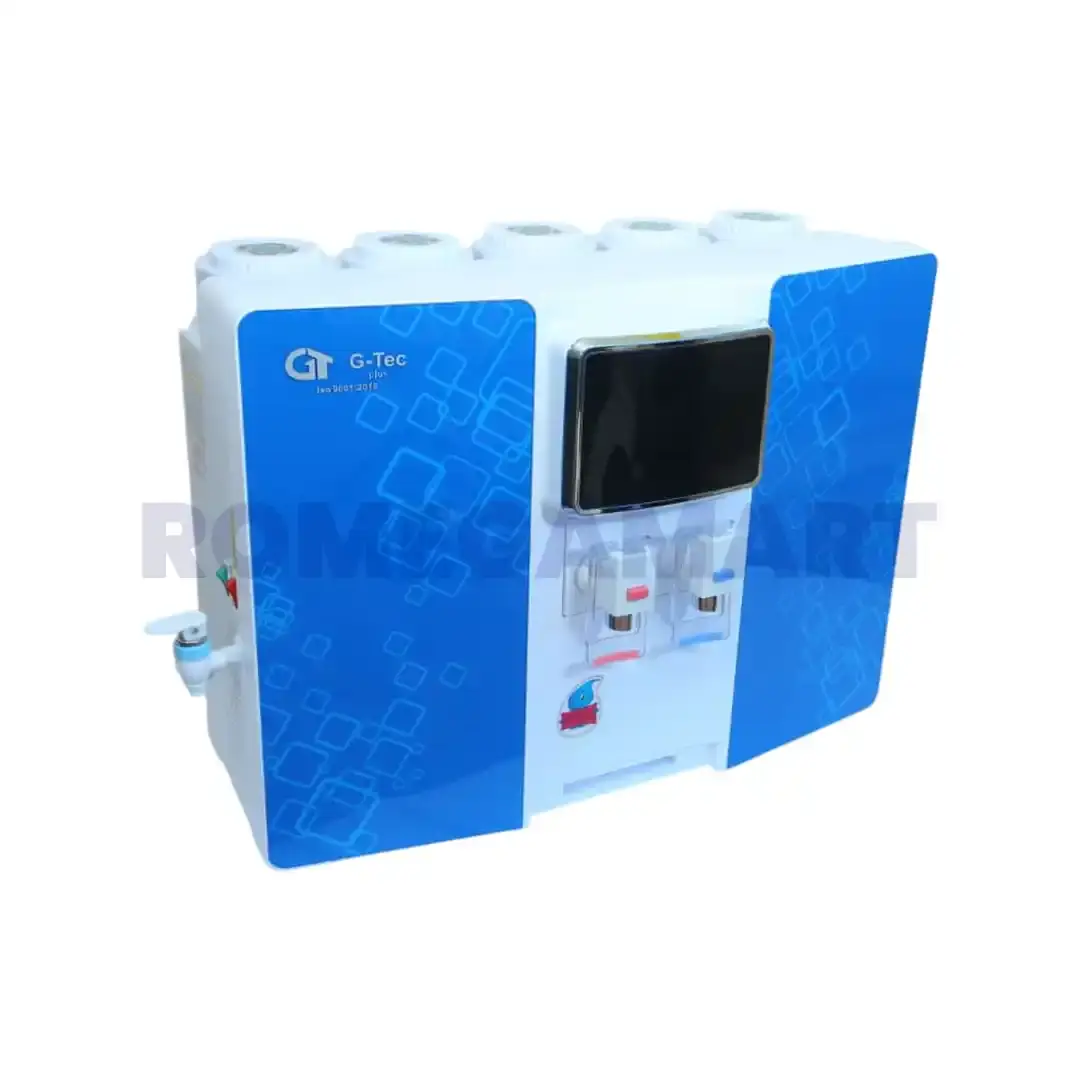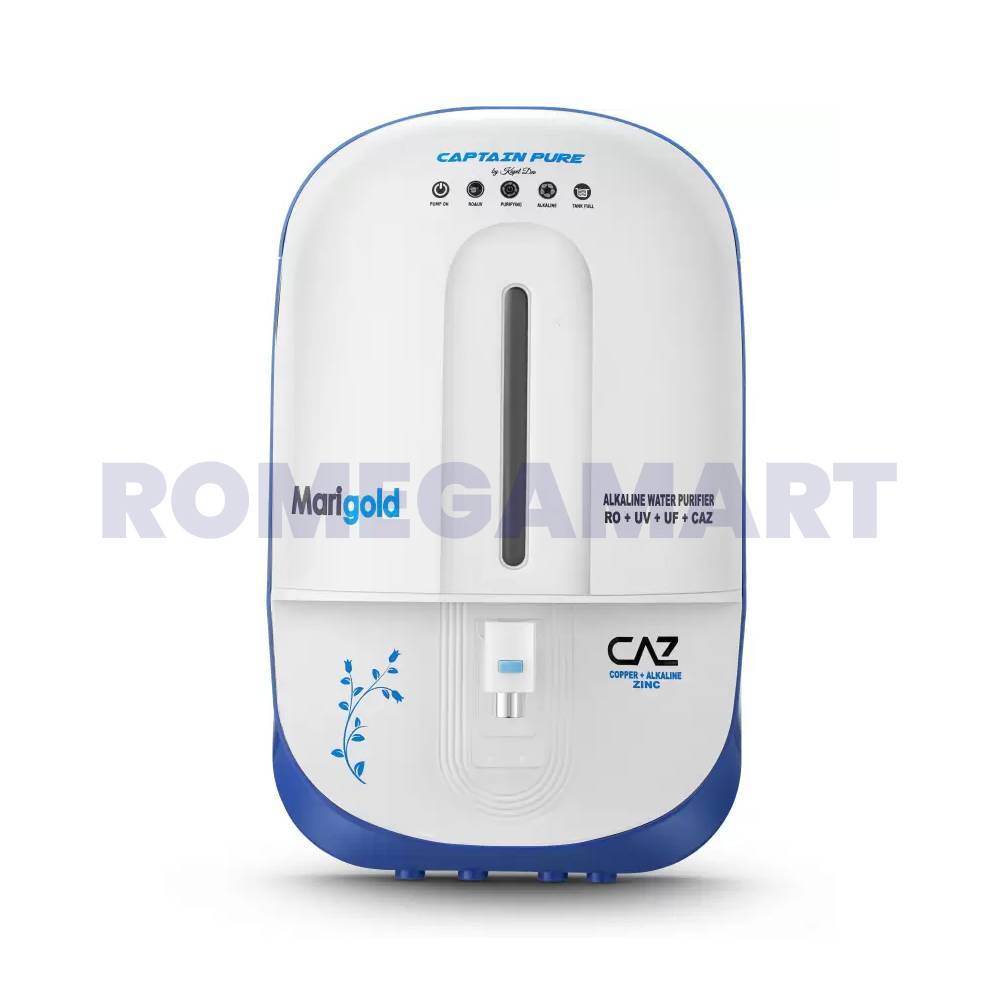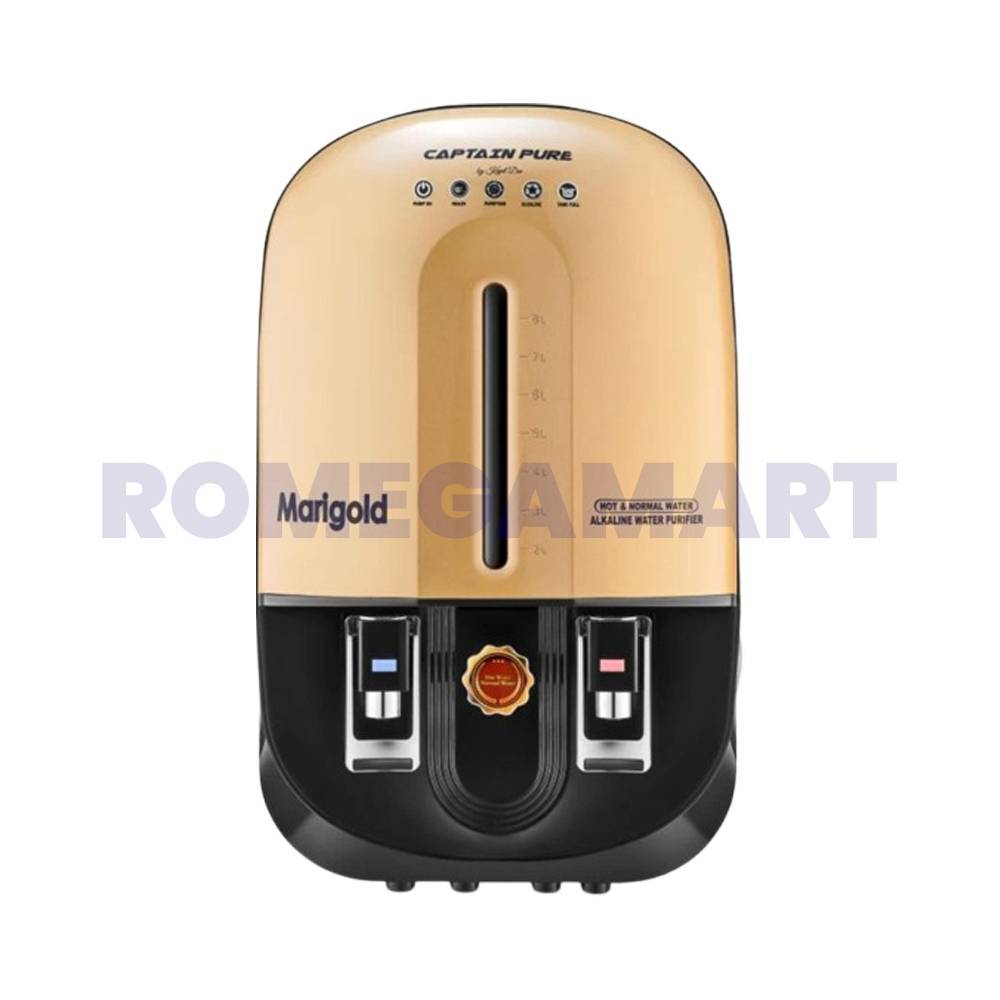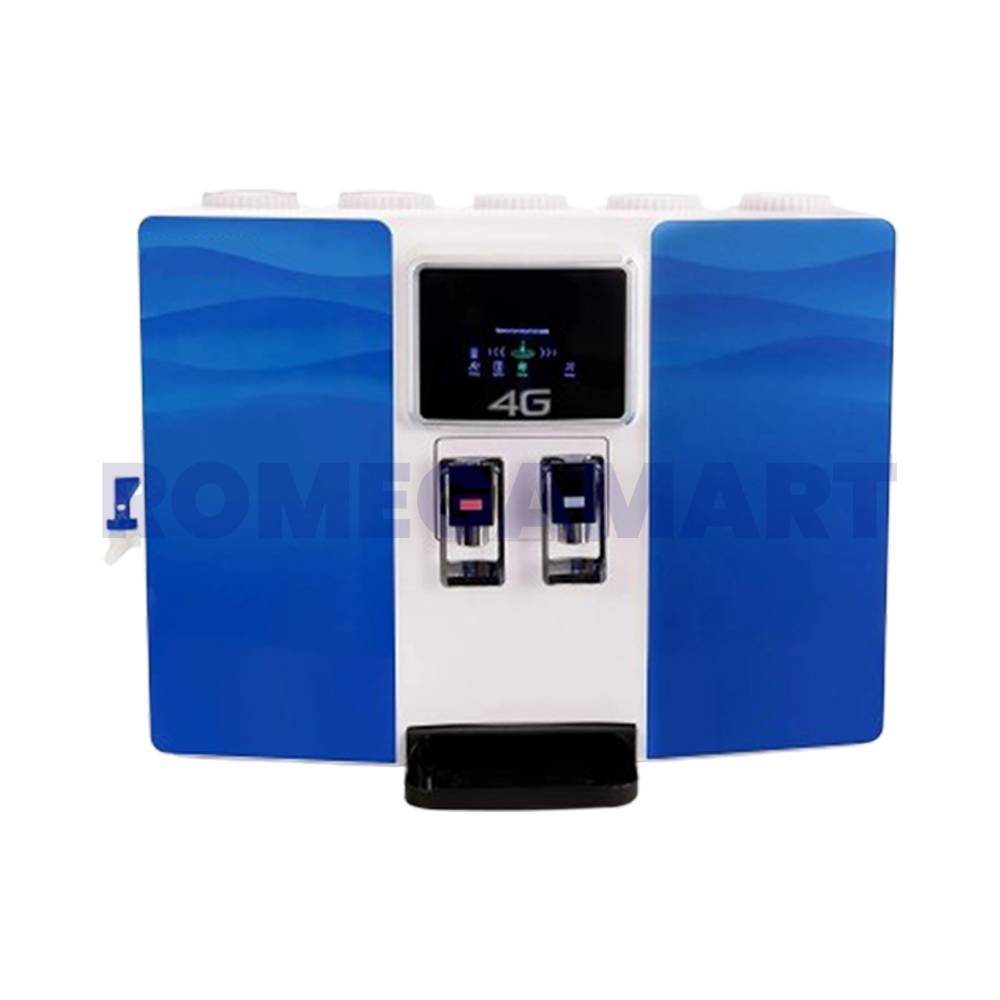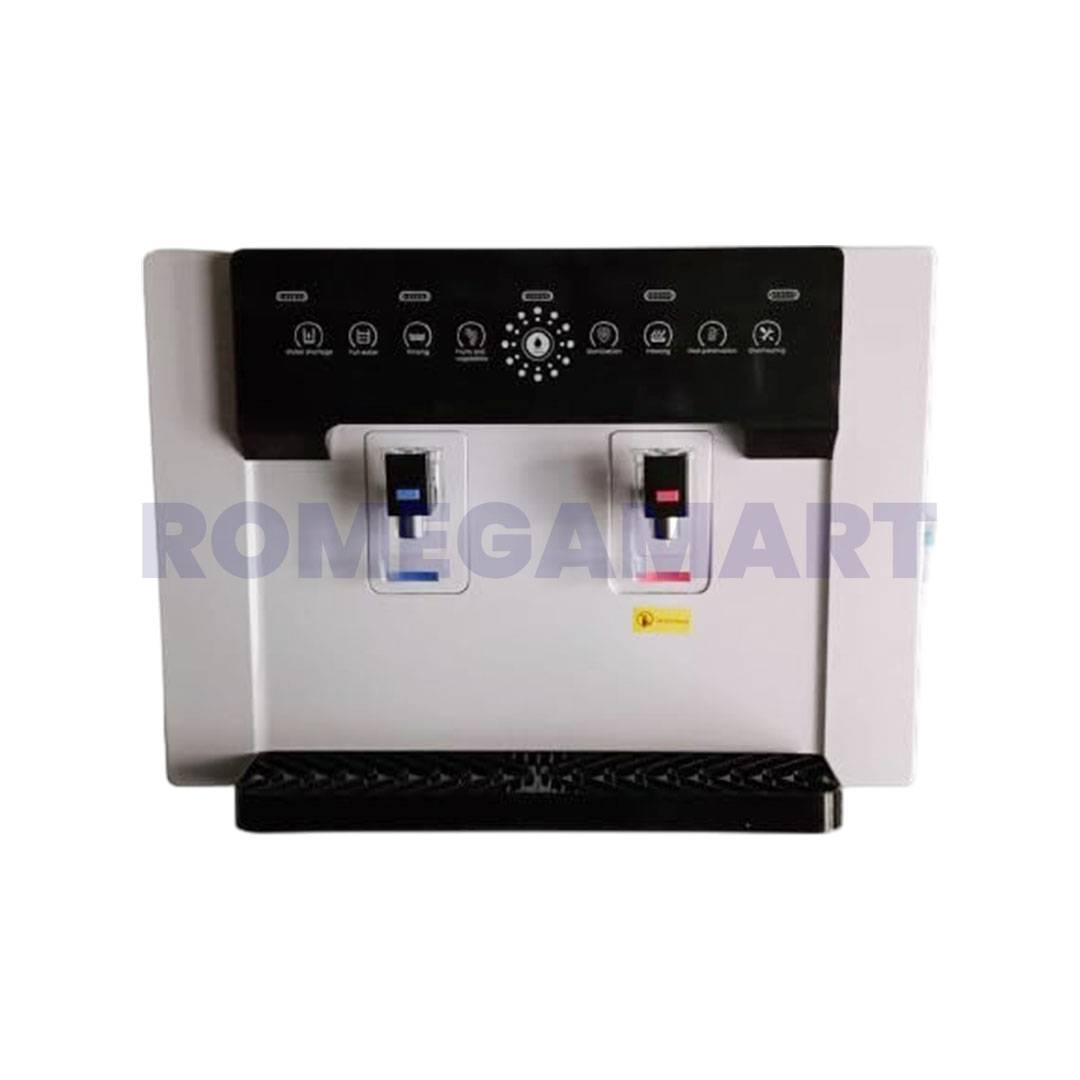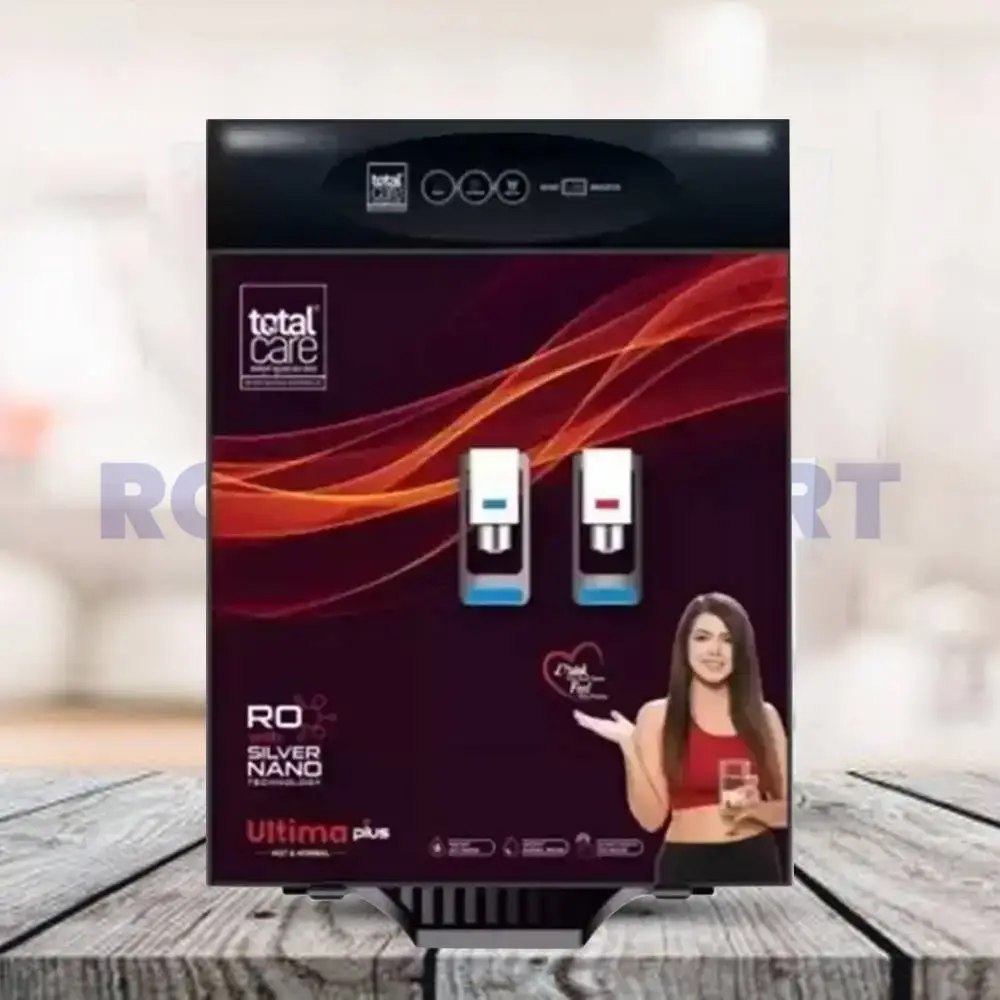Water Purifiers -
Alkaline Water Purifier: The Rising Choice For Healthier Hydration
Important Factor To Consider Before Choosing Any Water Purifier:
Before buying any purifier, always evaluate how your current water source affects the pH and mineral profile of your drinking water. Water that is too acidic or demineralized often contributes to poor hydration, metallic taste, and digestive discomfort. This single factor explains why alkaline water purifiers have rapidly become a preferred option among health-conscious households.
Featured Snippet
What is an alkaline water purifier?
An alkaline water purifier is a system that removes contaminants through advanced filtration and then increases the pH of water by adding essential minerals like calcium, potassium, and magnesium. It delivers cleaner, smoother, and mineral-rich water that supports hydration, balances acidity, and enhances overall drinking quality.
Introduction: Why Alkaline Water Purifiers Are Becoming Essential
Water quality concerns are rising across cities, small towns, and developing areas. Many households today are not only searching for safe water but for water that supports daily health. Standard RO systems solve contamination but often remove natural minerals, leaving water flat and slightly acidic. This is where alkaline water purifiers offer a modern solution.
They combine purification with pH balancing, resulting in healthier, better-tasting water. As more people focus on digestion, immunity, hydration, and clean nutrition, alkaline purification has moved from being a “trend” to a practical health investment.
What Is an Alkaline Water Purifier
An alkaline water purifier is designed to produce water with a higher pH level, usually between 8 and 9.5, while ensuring high safety standards. It balances three outcomes:
-
Purity: Removal of contaminants, heavy metals, bacteria, and chemicals.
-
pH enhancement: Neutralizing acidic nature often caused by RO filtration.
-
Mineral enrichment: Restoring beneficial minerals that your body needs.
This makes alkaline purifiers especially useful for families that rely on RO systems but want healthier, smoother water with restored mineral value.
How Alkaline Water Purification Works
Ionization
Some systems use electrolysis to split water into alkaline and acidic streams. The alkaline portion is used for drinking, while the acidic portion can be utilized for cleaning or external purposes.
RO + Alkaline Technology
Most modern systems combine RO filtration with alkaline enhancement. RO removes fine contaminants and dissolved solids, followed by an alkaline or mineral cartridge that restores essential minerals.
Mineral Rebalancing
The cartridge releases minerals in controlled amounts, ensuring the water is neither excessively alkaline nor low in mineral content. This process improves taste, hydration capability, and overall drinking experience.
Alkaline Water vs Regular Purified Water
The key differences include:
pH Level:
Regular purified water may range between 6.5 and 7.0. Alkaline water generally stays between 8 and 9.5.
Taste:
Demineralized water from RO can taste bland, while alkaline-enhanced water tastes smoother.
Minerals:
RO water loses minerals during purification. Alkaline water restores them.
Digestive Support:
People with acidity or acid reflux often appreciate the neutralizing effect of alkaline water.
Top Benefits of Using an Alkaline Water Purifier
-
Improved Hydration Efficiency
The presence of essential minerals helps the body absorb water more effectively. -
Support for Acidic Body Conditions
Alkaline water may help balance mild acidic tendencies caused by processed foods, stress, and low-mineral diets. -
Enhanced Taste and Smoothness
Families often notice that cooking with alkaline water improves the flavor of beverages and food. -
Better Antioxidant Potential
Ionized alkaline water can have lower ORP values, indicating possible antioxidant benefits. -
Useful for Hard Water Areas
When combined with RO, alkaline purifiers provide high safety without stripping water of all nutritional minerals.
Alkaline Water Purifier vs RO Water Purifier
RO Water Purifier
-
Highly effective in purifying water
-
Removes heavy metals, chemicals, and dissolved salts
-
Can reduce natural minerals
-
Often slightly acidic
Alkaline Water Purifier
-
Adds essential minerals
-
Increases pH for better hydration
-
Improves taste
-
Does not always remove high TDS unless combined with RO
Best Recommendation
A combined RO + Alkaline water purifier is the most balanced choice for homes with varying water quality. You get the safety of RO with the taste and benefits of alkaline water.
Is Alkaline Water Safe for Everyone
For most individuals, alkaline water is safe and may offer added comfort for digestion and hydration. You should maintain a balanced consumption, mixing regular water and alkaline water if you prefer. People with medical conditions that involve mineral restrictions should consult a doctor, but for typical households, alkaline water poses no harmful effects.
How to Choose the Best Water Purifier for Home
Test TDS Levels
This is the most critical step before buying. RO is required only if TDS is above 300.
Check Water Source
-
Municipal supply: UV + UF + Alkaline is sufficient.
-
Borewell or tanker: RO + Alkaline provides best results.
Filtration Stages
Look for 7 to 10 stage purification systems, which ensure balanced mineral addition.
Service and Maintenance
Choose brands with accessible service networks and affordable replacement cartridges.
Storage and Flow Rate
For families with 4 to 6 members, select a purifier with 7 to 10 liters of storage capacity.
Who Should Consider an Alkaline Water Purifier
-
Homes with RO systems that give flat-tasting water
-
People dealing with acidity or digestive discomfort
-
Fitness-focused individuals who need efficient hydration
-
Areas with mixed or inconsistent water quality
-
Families looking for upgraded mineral water without bottled water expenses
Top Features to Look for in Modern Alkaline Water Purifiers
-
Real-time TDS and purity indicators
-
Copper + alkaline + RO hybrid filtration
-
pH enhancement cartridges
-
UV chamber for microbial safety
-
Low-waste RO membranes
-
Smart leak detection and auto-shutoff
-
Backup storage for power cuts
Common Myths About Alkaline Water Purifiers
Myth: Higher pH always means healthier water.
Extremely high pH can taste unpleasant and is unnecessary. The ideal range is 8 to 9.5.
Myth: Alkaline water cures illnesses.
It supports hydration and acidity balance but is not a medical treatment.
Myth: RO water is harmful unless alkaline.
RO water is safe. Alkaline enhancement simply improves mineral content and taste.
Maintenance Guide: Keeping Your Purifier Effective
-
Replace pre-filters and alkaline cartridges on time.
-
Clean and sanitize the storage tank every few months.
-
Monitor TDS levels every 30 to 45 days.
-
Keep the unit away from heat or direct sunlight.
-
Schedule professional servicing once or twice a year.
Frequently Asked Questions
What is an alkaline water purifier?
An alkaline water purifier filters contaminants and increases water pH to produce mineral-rich, better-tasting water. It restores essential minerals like magnesium, calcium, and potassium, making the water more hydrating and smoother to drink.
Which water purifier is best?
For homes with high TDS, the best option is an RO + Alkaline water purifier. For city areas with low TDS, a UV + UF + Alkaline purifier works well and maintains good taste and mineral levels.
Which is better, RO or alkaline water?
RO focuses on removing impurities. Alkaline water focuses on pH balance and mineral support. A combination of both technologies delivers the safest and most beneficial drinking water for most households.
Is an alkaline water purifier good for health?
Yes. Alkaline purifiers support hydration, reduce acidity discomfort, and provide essential minerals. They are safe for everyday use when consumed in moderation.
Is Aquaguard water alkaline?
Only select Aquaguard models include alkaline or mineral-enhancing cartridges. Always verify the model variant before purchasing.
Who cannot take alkaline water?
Individuals with kidney disorders, those advised to restrict mineral intake, or people on specific medical diets should consult their doctor before switching to alkaline water. For healthy individuals, alkaline water is generally safe.
Conclusion
Choosing the right water purifier today is about more than just basic filtration. Families now look for water that supports wellness, improves taste, and restores natural minerals. An alkaline water purifier meets these expectations by offering balanced pH, clean filtration, and a noticeably better drinking experience.
When paired with RO technology, it becomes one of the best solutions for Indian homes dealing with mixed water quality. Understanding your water source, TDS levels, and daily hydration needs will guide you toward the best water purifier for home, ensuring health, safety, and long-term value.
Check This Also :-Top 5 Best Water Purifiers in India



